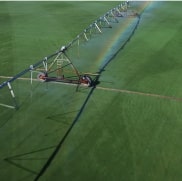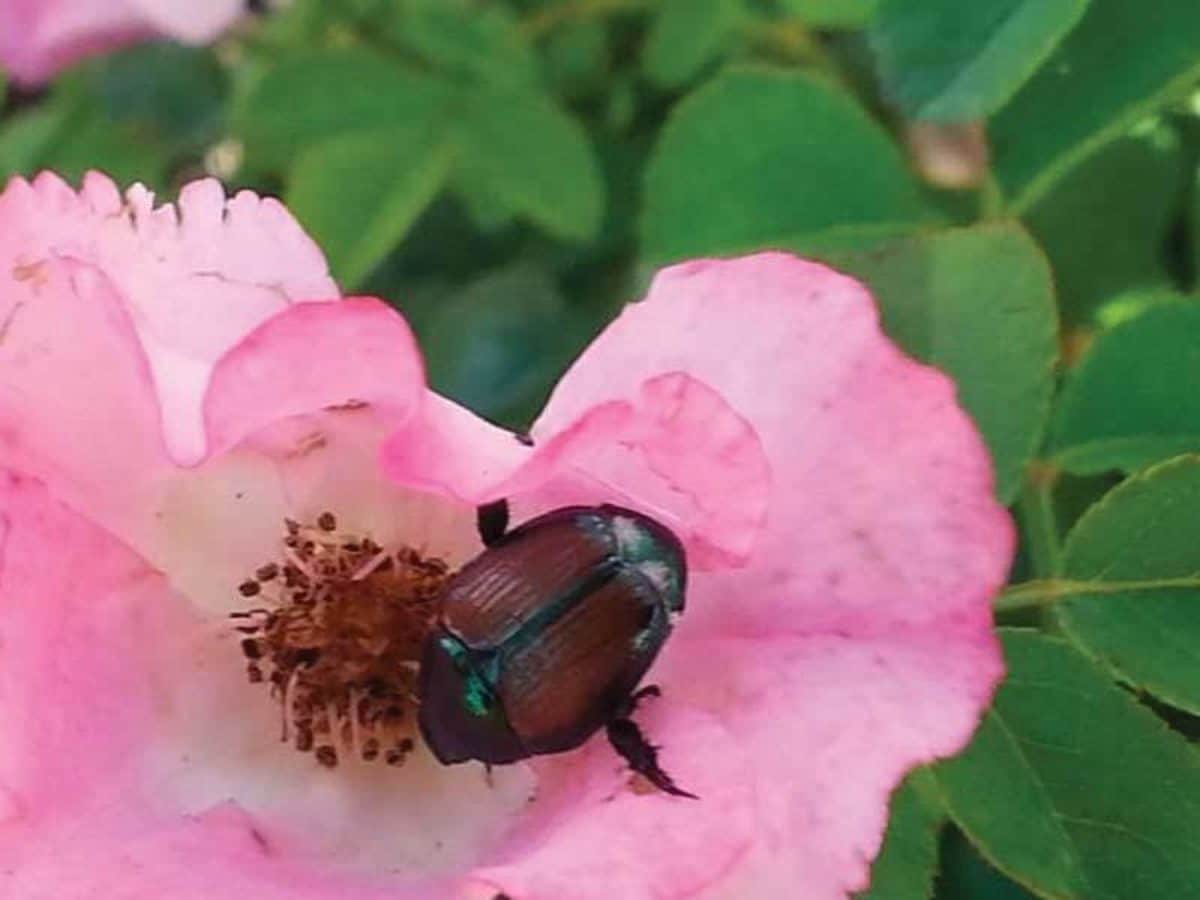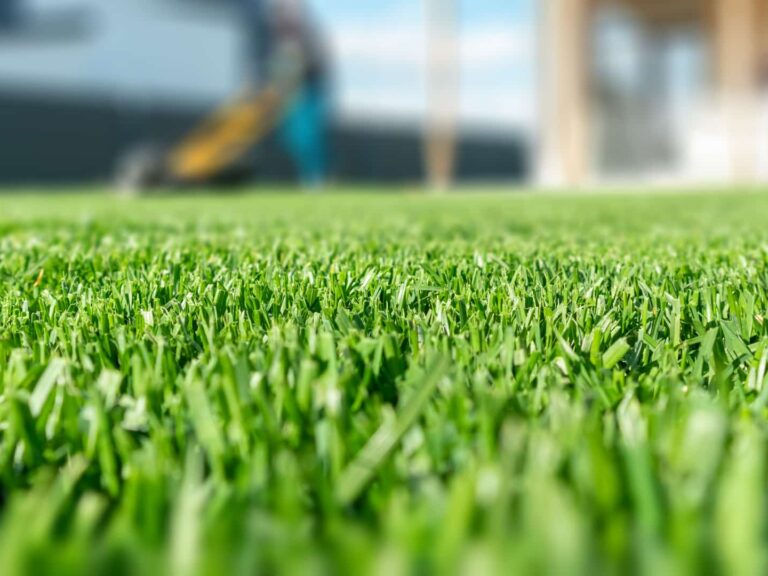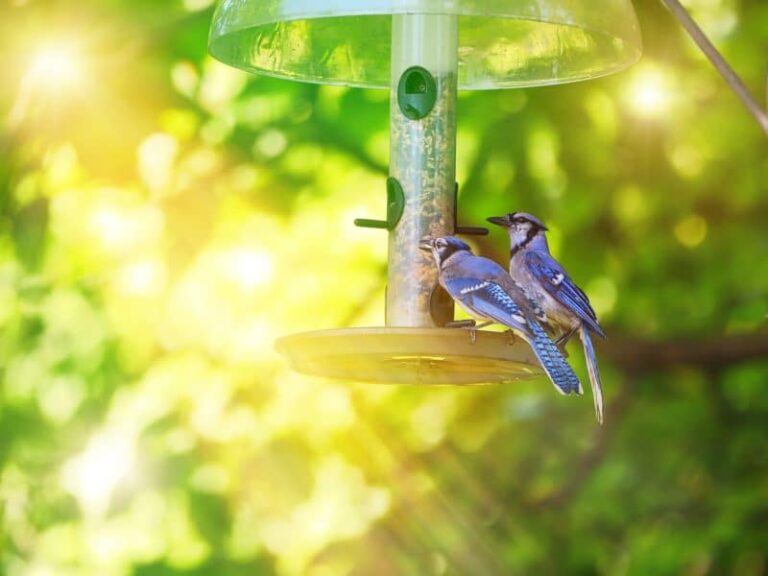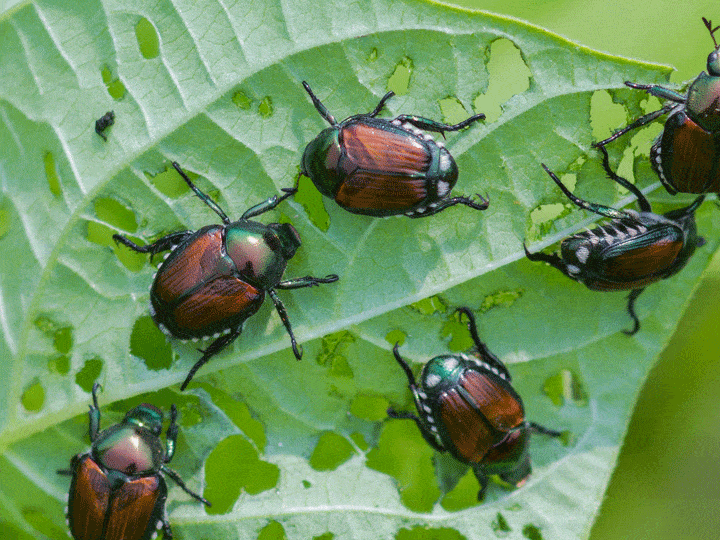
The Japanese Beetle is an insect that damages lawns and gardens, as they can eat up your flowers and other plants quickly. These beetles are severe pests as adults, but they lay eggs in early to mid-summer. These eggs hatch, and these tiny creatures quickly mature into grubs. So while adult Japanese Beetles will skeletonize your plants, their grubs can decimate your lawn.
Grubs
You probably won’t notice the presence and handiwork of these grubs until summer because the grubs live under the soil and eat the root tips of the grass in your lawn. The grubs cause you to see patches of dead turf that grow as the grubs gnaw on your grass. To check for grubs, you should pull at a section of damaged turf; it should roll back like a swath of carpet and dig down into an area of damaged turf. You should find the grubs grayish, white grubs with gray or brown heads, approximately 1/2” to 3/4” long. They will probably be curled up in a “C” shape. Immature grubs are milky gray and resemble elongated eggs. They will be about 1/4” long.
Pest Control
How do you get rid of these pesky grubs? Growing strong, healthy grass is the best prevention of grubs in your lawn. A healthy lawn is built to withstand and recover from damage by grubs. A well-cultivated lawn can typically tolerate about 4-6 grubs per sq ft without showing damage. If you think your lawn has a grub problem, about July through mid-September is the best time to treat for grubs.
With grubs in mind, our two recommendations for insecticide are Dylox and Merit. The active ingredient is low in both and is broken down by organisms in the soil. Generally, we recommend Merit when trying to prevent a grub issue and Dylox when you know that grubs are already present. Make sure that you properly water the insecticide into your lawn, watering each area you are treating for at least an hour.
To save yourself a brown, patchy lawn and a headache next summer, consider inspecting your lawn for grubs. If you find these young Japanese Beetle pests in your lawn, it’s pretty easy to get rid of them.






